Here we check out some of the top options for upgrading your handgun’s iron sights at home.
The era of iron sights is far from over, despite what the red-dot guys are saying. Technology has a pesky way of marching forward, and we are therefore forced to adapt … or fall behind.
That said, the concept that we are firmly in the electronic era when it comes to ways to aim a pistol is a bit distorted. We’re in a great time where there are more ways to customize and make your pistol better, but we also need to realize that this race to the finish line in adapting every single pistol design to use a dot sight is a lofty goal.
Simply put: Some pistols are better off without electronic sights. Let’s address the pros and cons of both, and examine where the iron-sight market is today.
An Objective Look at Iron Sights & Red Dots
We’re currently at an interesting crossroads between technology and tradition. For a while, things just don’t look right until we get used to them: Tactical lever actions, bolt-action chassis rifles, micro red-dots on 1911s … the list goes on.
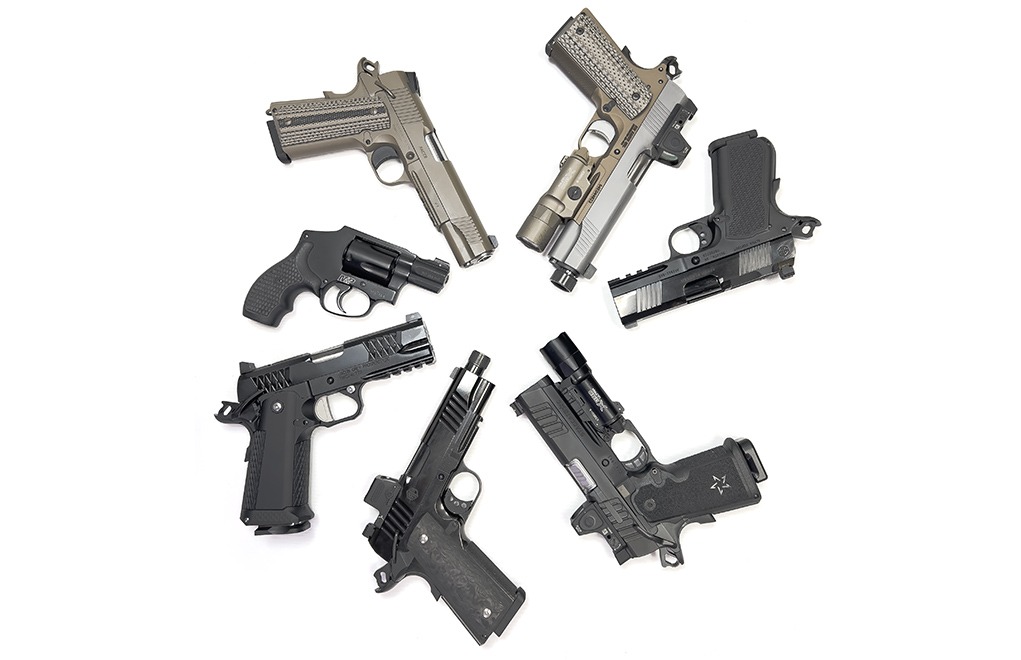
The fact is, these technologies often develop faster than the market can reason with, and we get some truly horrifying aesthetic nightmares in the short term as people figure out how to best blend lines and create better interfaces.
As an example, when the “tactical” lever action trend started going, there were some disgusting butcheries of what was considered to be a quintessential firearm silhouette. But now, a couple of years later, many of these guns are classy in their own right and have become accepted by the mainstream shooting community. A great example of this can be seen in the clean lines of the Rossi Triple Black rifle line; it’s now common to see threaded barrels and optics rails.
In a recent conversation with a colleague on the training side, he said that, at this point last year, about 10 percent of people came to his classes with a dot sight on their pistols. As of fall 2024, that number is over 50 percent. He says new shooters gravitate to dots, and this results in a much shorter learning curve for them to gain proficiency.
On the other hand, older shooters have a harder time adapting and are more likely to use the irons they are familiar with. I don’t know if any of this is entirely the case for the population at large, but when looking over many manufacturer catalogs, I discovered that optics-ready handguns are about 30 percent of the market as a whole at this point, with many companies having nearly all their pistol models adapted to this technology, such as Sig Sauer.
In this same conversation, my trainer friend got a bit dramatic, saying that iron sights were all but dead, and I couldn’t help but disagree. Hell, non-adjustable sights are still commonly available, especially on small revolvers, which obviously remain relevant to the conversation today. Iron sights are at a point where we understand them very well for what they are.
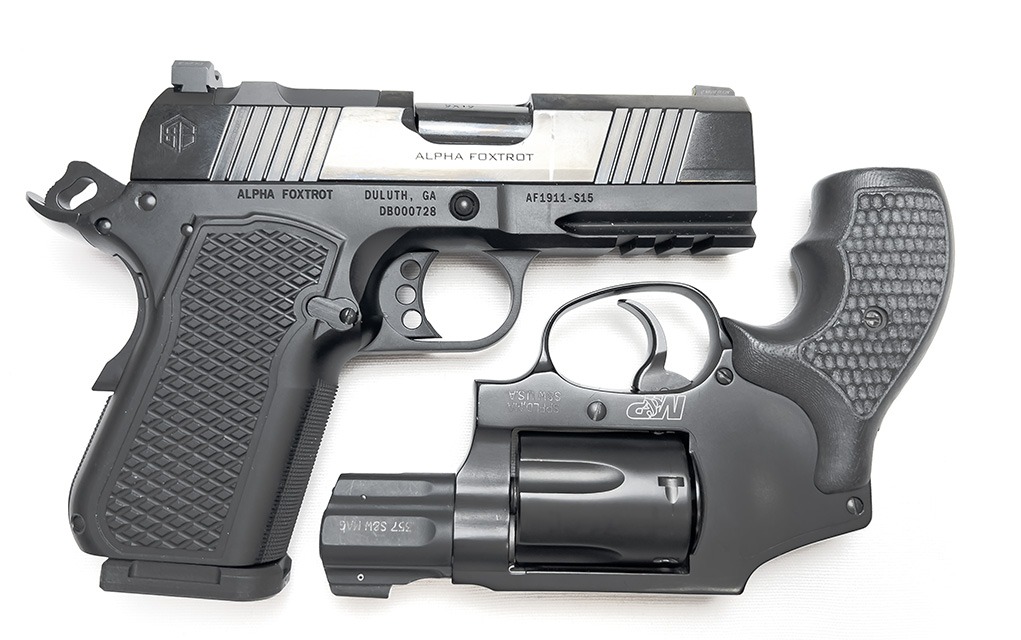

I personally use a variety of sights on my pistols, but most of my modern guns have Trijicon RMR sights on them with a lower 1/3 cowitness for iron sights. I was an early adopter of red-dots on handguns and have had great success with them over time, but there are downsides that do exist.
For example, in darkness I find that iron sights are superior, especially three-dot night sights. Having done a lot of training in after-dark conditions, I don’t like the washout on dots when using white light. If I had to pick between a dot and a light on my gun, I would always take the light. The tiny window of most dot sights doesn’t matter that much on the range or for hunting, but it can get claustrophobic in low light with lots happening. Picking up a little dot after you blast a room with 1,000 lumens can actually be a bit of a challenge, where bold iron sights offer a clear picture and no washout.
I say all that, but I do have both lights and dots on some of my guns. And if you choose to do the same, just make sure you actually practice in the lighting conditions you’re preparing for. Even parking lots can have very bright areas and others that are pitch black. You’d hate to lose a fight because your dot was either too bright or dim. Just things to think about when seconds matter.
Sights Worth A Look
So, what kind of iron sights are of the best use today? I mentioned I like three-dot tritium night sights on my guns. It’s what I grew up with and what I am most used to. Doing a lot of after-dark shooting has made me realize that I don’t actually like these sights with an electronic dot involved. The main reason is that it can create a weird “too much” effect when looking through the lens of the sight. When you’re looking through most electronic dot sights, your eye position relative to the dot is different from looking at the iron sights—in most cases, if you line up the irons the dot “dives” down.
So, when looking at just the dot, the irons appear to be unaligned in your lower vision, creating a field of green dots cluttering up your sight picture.
My ideal irons for a dot-equipped pistol would be plain, non-reflective black, no tritium. My ideal iron sights are low-profile three-dot, but in my experience now I would prefer a green front and orange/yellow rear.
Suppressor height sights, while not that much taller, can appear to be a mile high if you aren’t using a suppressor or co-witnessing them with a dot. If you have no plans to use a dot or can, get them as low as possible to the slide.
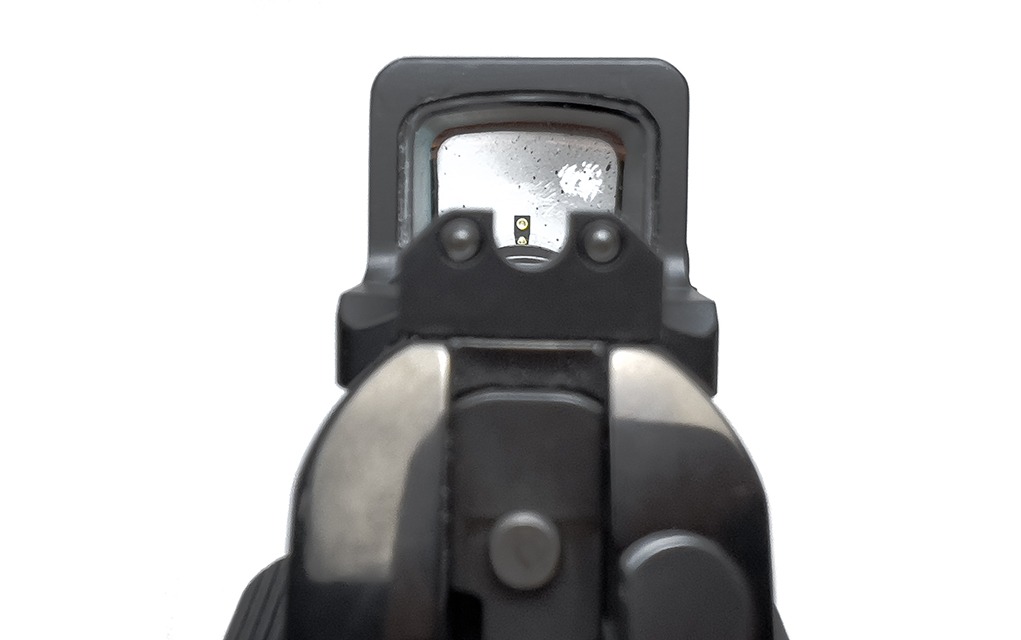

Sig Sauer
The reason I put Sig Sauer on this list is because, while they aren’t really known for being a leader in the iron sight market, they are one of the few companies that offer night sights as a standard feature on a very large portion of their pistol line.
Traditionally, I bought Sig pistols because it was easy to get them up and running … as in not needing to get additional sights that should have come standard. Not to make this a Glock-versus-Sig paragraph, but every Glock I owned I ditched the basic polymer sights. The long-running joke was that Glock factory sights were “dovetail protectors” for when you installed real sights. It could be argued that the entire success of the aftermarket night sight companies was filling Glock dovetails.
Sig Sauer has great night sights, plain and simple. They are bright and easy to pick up in all lighting conditions. They do sell their excellent XRay3 sights separately, which is great if you want to upgrade an older pistol in your collection.
The way I see it—if you want to make an up-front purchase with as much of the work done for you as possible—Sig’s products are hard to beat. If you want to work on your existing guns, the company also offers complete slides with night sights already installed, making it very easy to get your customized pistol in action.
XS Sights
I have years of experience with XS sights. While I no longer own any Glocks (sorry, I’m a 2011 man now), every small Glock I had I equipped with a set of XS Big Dot sights with illuminated front and small lamp in the rear “sight.” The rear of these sights is more like a wide, low angle that you simply frame the big dot with. It’s very fast up close, but this configuration loses utility the farther out you aim. I really liked these on the Glock 42 and 43.
In addition, XS has enjoyed a long and successful journey with concealed carry pistols, and they were especially popular among people with vision problems and aging eyes. These Big Dot sights are quite accurate if you know how to use them, and at concealed carry distances center mass is about all that matters. I don’t think you’re going to be shooting with these sights to win a medal at the National Matches in pistol marksmanship, but they are smooth, easy to acquire and more than enough for most people who carry for defense.
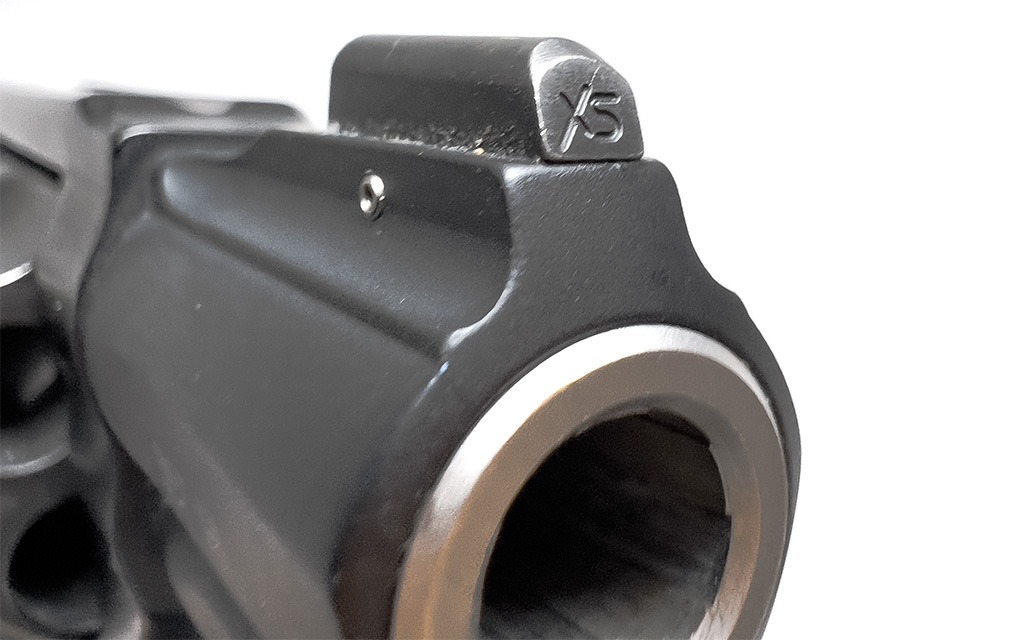

I like these sights on my J-frame revolvers as well: In that case, it’s just the front sight, the rear sight being non-adjustable and machined into the frame. This has worked for me for years and, again, I’m not going to win any accuracy contest with a double-action only lightweight .357 Mag., but more often than not that’s what’s in my pocket.
Trijicon
We really can’t have a conversation about illuminated sights without talking about Trijicon. I use Trijicon optics on many of my guns and have never had an issue. I’ve used their iron sights on a large number of guns over the years as well, and I’ve always found them to be rugged and reliable.
One of the guns you have probably seen on these pages is my custom suppressed 1911. This gun has been my trusted companion on countless adventures and has taken an impressive amount of large game. The iron sights and accompanying RMR sight base are also Trijicon products, the slide being specially machined for this base. I’ve had these sights on this pistol now for years without incident and they are still bright and easy to see. I prefer to keep my dot off to save battery life in the field; the irons are there, and I know they are just as accurate.
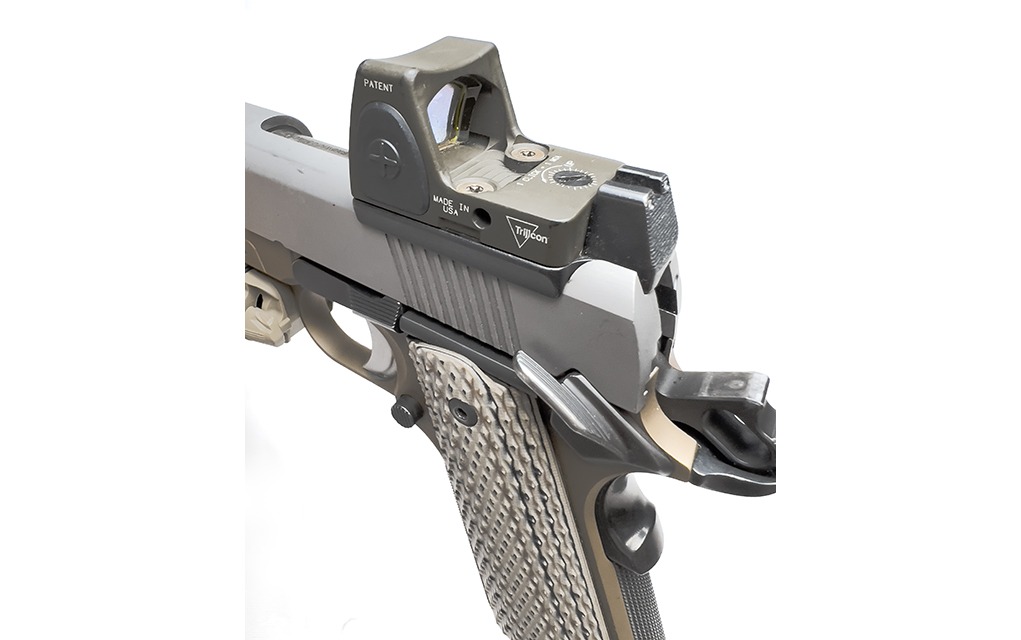

Trijicon makes a ton of sights, and I’ve used them on many pistol brands over time. I particularly like that they are continuing to improve their products and offer a large number of variations. As of right now, the company boasts an impressive six product lines in their iron sight category to encompass everything from suppressor height to competition.
Night Fision
In a changing world of technology, not all companies can adapt, but Night Fision is ignoring the whole “irons are dead because of dots” rhetoric and is instead heavily focused on the integration of dots and irons—to the point that they have little iron sight sets that install into the dot body using the same mounting screws.
Many pistol types lose their rear sights when mounting a dot, but Night Fision will not let that happen. In addition, they have an interesting cowitness selector tool on their website to allow you to pick the perfect sight setup to use both your dot and irons effectively. This is unique because it shows that you can stick with what works while not dumping tradition for tech. You can have the best of both worlds without the guesswork.
Ameriglo
I will say that I do not have as much trigger time with Ameriglo as I do with other brands of night sights, but I do like their suppressor-height sights with a plain rear configuration. I used them for a long time with a suppressed Glock 19X and really liked them, but I ultimately sold the gun when the optic cut models came out.
A notable thing about this company is that they sell an absolutely dizzying amount of variants, and even excellent tools for the installation of their products. The sights I have used from them are very bright. Some sights I have used from other companies are a bit dim by comparison, probably due to not wanting to be overwhelming to the shooter. Ameriglo is the opposite—you would have a hard time not seeing them.
Of note: Some of my shooting buddies have these sights on their pistols with red-dot sights, and yes, they can be a bit much if you are trying to co-witness.
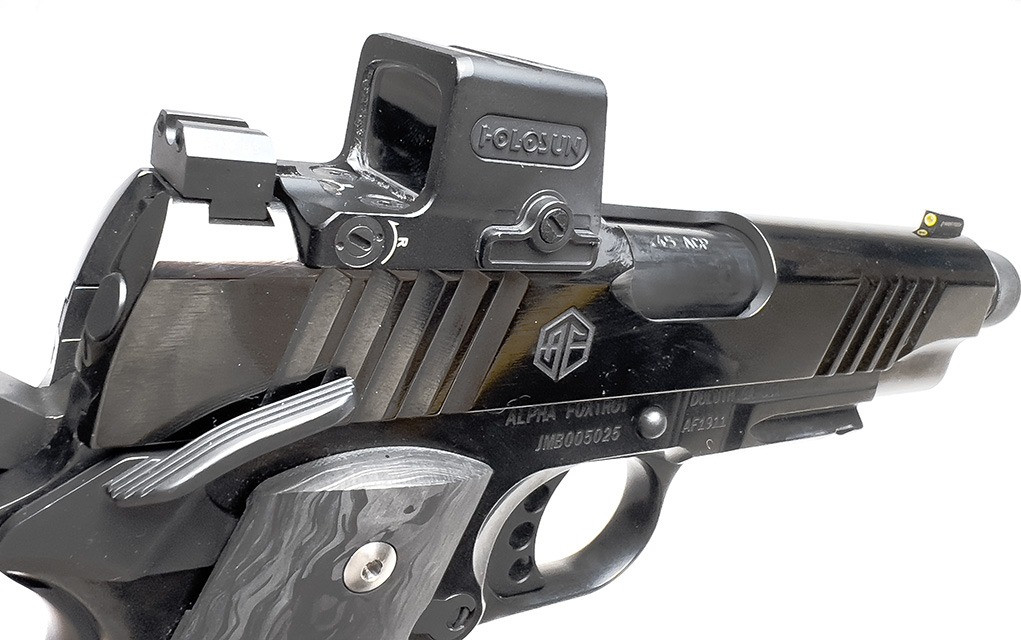

Into the Future
At this point, I don’t see iron sights going anywhere. I think that, likewise, we will continue to see a proliferation of electronic sights for pistols … with the biggest issue being too many mounting footprints at a certain point. The market is still expanding, and perhaps down the road we will have a couple dot footprints become dominant. But, until that point, I will just wait and see what happens.
Iron sights, in particular night sights, are better than ever and, while they may not be as flashy as this year’s new enclosed red-dot, they don’t need batteries, which is something we often take for granted.
Editor’s Note: This article originally appeared in the December 2024 issue of Gun Digest the Magazine.
More On Handgun Sights:


Next Step: Get your FREE Printable Target Pack
Enhance your shooting precision with our 62 MOA Targets, perfect for rifles and handguns. Crafted in collaboration with Storm Tactical for accuracy and versatility.
Subscribe to the Gun Digest email newsletter and get your downloadable target pack sent straight to your inbox. Stay updated with the latest firearms info in the industry.
Read the full article here




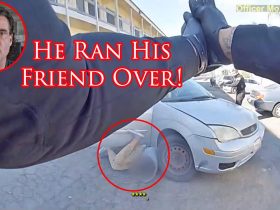
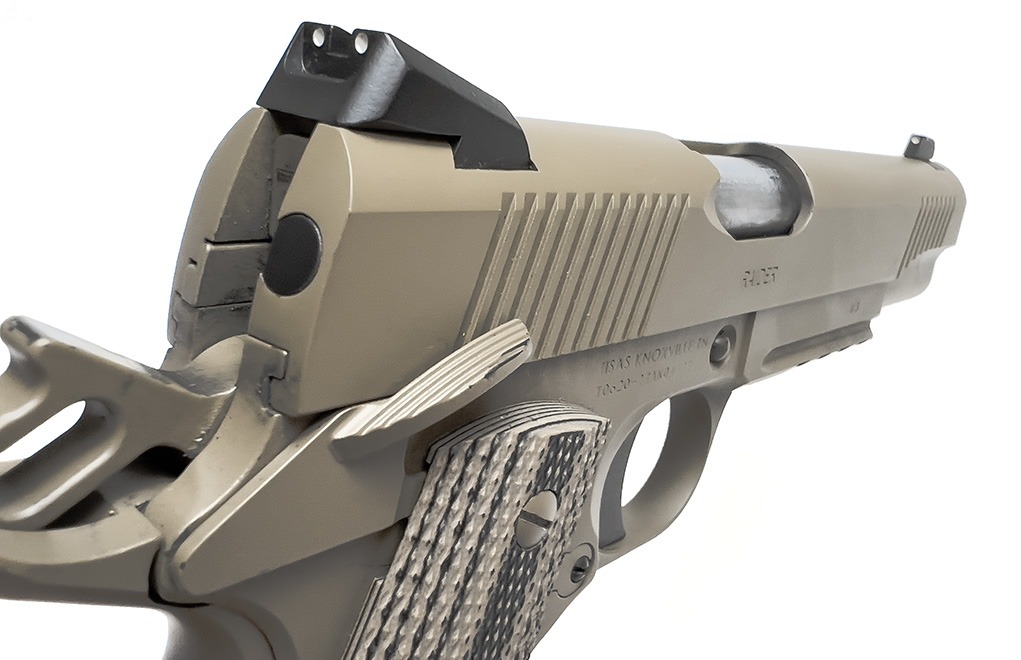






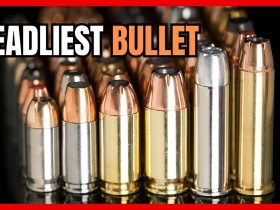

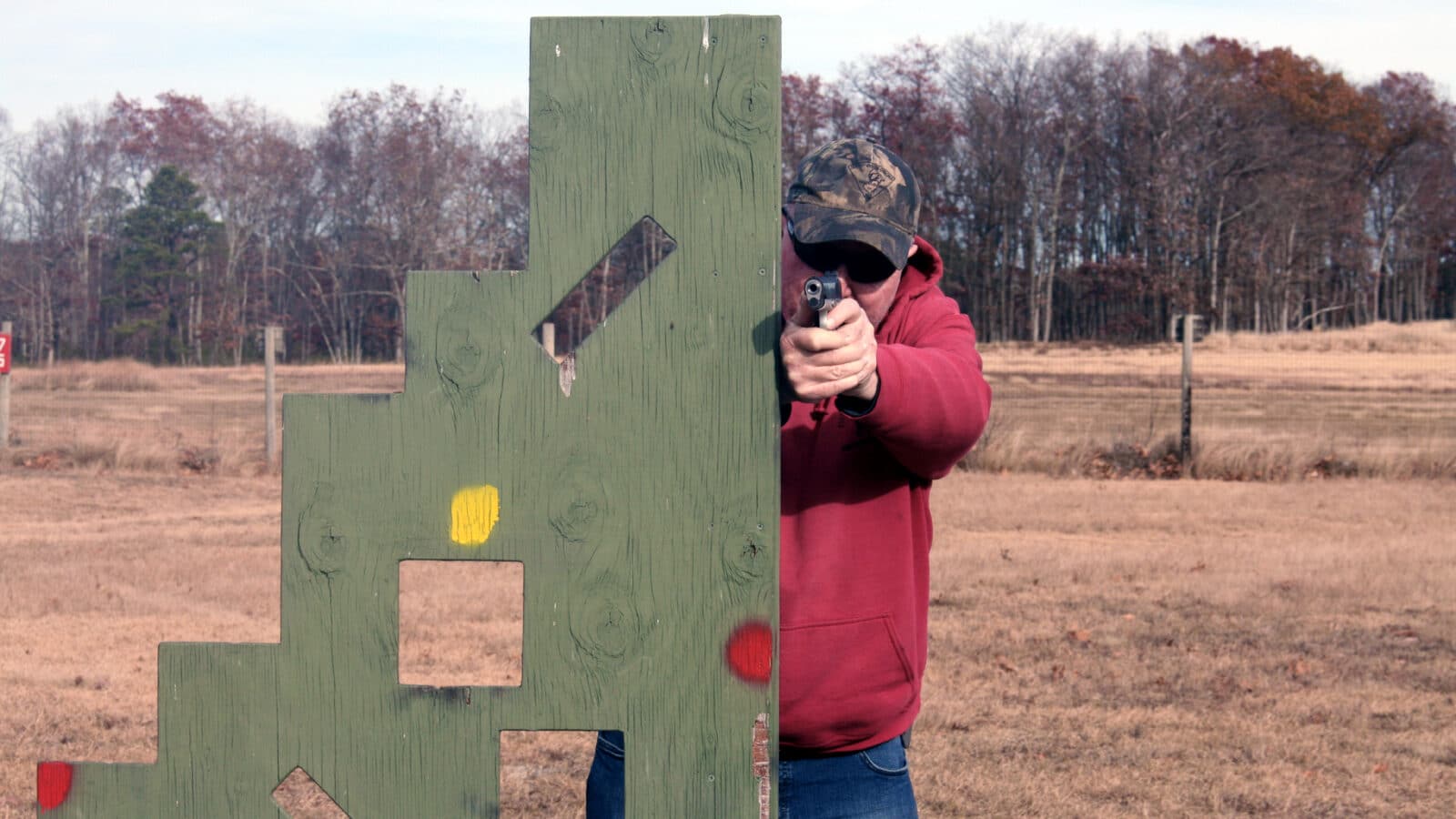



Leave a Reply